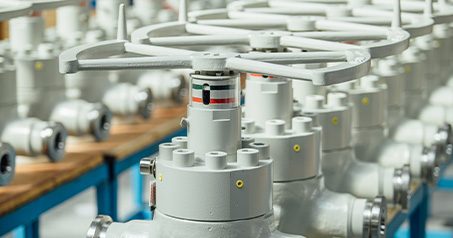12 月 . 04, 2024 16:27 Back to list
Understanding the Importance of Surface Plates in Precision Inspections and Measurements
Understanding Inspection Surface Plates Essential Tools for Precision Measurement
In the realm of manufacturing and engineering, precision is paramount. Every component and assembly must meet exacting specifications to ensure functionality and performance. One of the most critical tools employed in achieving and maintaining this precision is the inspection surface plate. This article delves into the importance of these plates, their various types, materials, and their role in quality control.
What is an Inspection Surface Plate?
An inspection surface plate is a flat, stable, and level surface used as a reference point for measurement in various engineering applications. It serves as a base against which parts can be measured, checked, and compared. The primary purpose is to provide an accurate and repeatable reference surface, enabling technicians and engineers to perform high-precision measurements and inspections.
Importance of Inspection Surface Plates
The significance of an inspection surface plate cannot be overstated. Inconsistent measurements can lead to defective products, which can escalate into costly recalls and damage a company’s reputation. By utilizing these plates, manufacturers ensure that the dimensions and tolerances of their products are maintained within specified limits. Moreover, they facilitate the inspection of gauges, jigs, fixtures, and other tooling used in manufacturing processes, ensuring all elements work in harmony.
Types of Inspection Surface Plates
Inspection surface plates come in various styles, each designed to cater to specific requirements. The most common types include
1. Granite Plates Made from natural granite, these plates are favored for their superior rigidity, stability, and resistance to wear. They can be produced in various grades, with finer grades being used for more precise measurements.
inspection surface plate

2. Cast Iron Plates Known for their durability and strength, cast iron plates are often used in heavy machining environments. They usually come rough machined and require finishing for high-precision applications.
3. Steel Plates While less common, steel plates offer high strength and are ideal for certain applications. They are usually coated to resist corrosion.
4. Composite Plates These plates are made from synthetic materials and are designed for specific applications where weight and non-magnetic properties are essential.
Maintenance of Inspection Surface Plates
To ensure the longevity and efficacy of inspection surface plates, regular maintenance is essential. This involves cleaning the plates after use to remove any debris or contaminants, which can interfere with measurements. Additionally, periodic checks for flatness and surface integrity should be conducted. Any scratches, dents, or wear should be addressed promptly to maintain measurement accuracy.
The Role of Calibration
Calibration is a crucial aspect of using inspection surface plates. All measuring tools used on the plates must be calibrated to the plate’s reference point to guarantee accurate readings. Regular calibration of both the surface plates and the measuring tools ensures that the entire inspection process remains reliable.
Conclusion
In summary, inspection surface plates are indispensable in the world of manufacturing and engineering. They provide a reliable, stable, and precise reference surface that is vital for quality control and measurement. Understanding the different types, materials, and the care required for these plates can enhance their effectiveness and contribute to the overall quality of products. By investing in high-quality inspection surface plates and maintaining them diligently, companies can uphold their commitment to excellence and precision.
-
Y Type Strainers: A Comprehensive GuideNewsOct.18,2024
-
Understanding Water Valve Options for Your NeedsNewsOct.18,2024
-
Functions and TypesNewsOct.18,2024
-
An Essential Component for Fluid SystemsNewsOct.18,2024
-
Adjustment and ReplacementNewsOct.18,2024
-
Slow Closing Check Valves: A Key Component in Fluid SystemsNewsOct.08,2024
Related PRODUCTS









